Spring Break In Hawii!
16 Mar 2019 Leave a comment
Over spring break, I packed up my things and flew to Hawaii. As one can imagine the vegetation and species were incredibly different than what I had experienced in my phenology spot in Centennial Woods. I visited an area called the Twin waterfalls. These were two waterfalls side by side. The plants in the understory and overstory were entirely different from the one in Vermont. For one thing, the leaves and stems were much thicker than an oak or maple tree. Some of the branches curved in circles and multiple directions. Vines connected from tree to tree. Many palm trees scattered the area as well as bamboo trees. The bamboo trees were skinny and close together, and their texture was rough and hard. As one looked up the tree, the size of the bottom of the bamboo tree remained the same size as the top. This was something that I had never seen before in an older tree.
The forest was in full motion. Some plants that I was able to identify were a ginger flower, a Purple heliconia, Star ginger, African tulip, Spider plant, Monstera, Laua fern, Red ti, Painted Eucalyptus tree, Banyon tree, and more. Many of the leaves on the understory plants were much bigger than in Vermont. One had one large vein going down the leaf and a sharp straight edge. Another was green and glossy. One leaf resembled a beech except it was bigger, glossier, and thicker. One plant had red leaves pointing out of the stem called a Red Ti. The leaves were large and had one big point. They were dark red with alternating branches.
The sounds of birds pierced through the air. I was able to spot some birds as well on my trip that looked like they could be a ʻApapane and a Paroaria coronata. I was able to see many small footprints on the forest floor that I assumed were from birds. This is because, through my stay at the waterfall, many birds were walking in the understory. In addition to the falls, I was able to go to a bird sanctuary on a hike down the coast. Though I did not see any of the birds that were displayed on the signs it was fascinating to know that they rested there. It told me that the ‘Ua’u kani sea bird was nesting in this area. The sign also told me to watch out for tunnel nesting in this area.
The history of Centennial woods and Twin falls has some similarities. Centennial woods was once used for pastures, and Twin falls were once used for raising cattle. The owner of Twin falls sold it to his grandson and his wife a long time ago. When the husband tragically died the wife sold the land, resulting in what it is used for today. Now it is a farm that is very sustainable. They plant different crops for many uses and care for the land by removing invasive species. The land formed from volcanoes erupting hundreds of times until the Hawaiian islands formed above the water. This makes the volcanic rock in the area have very district and different shapes. Burlington formed from the retreating of glaciers. The history of both spots are very different, yet they each are vital and complex ecosystems on earth.
Work cited
The History of the ʻĀina (Land). (n.d.). Retrieved from https://www.twinfallsmaui.net/the-history-of-the-aina-land/
Before Spring Break Visit!
06 Mar 2019 Leave a comment
As I walked into my phenology spot the air was brisk and dry. The snow was hard, and it looked frozen and condensed. It was a sunny day, letting the sunshine through the leafless branches. As I looked around, I could Identify many Eastern white pine trees. They dominated the area. Oak trees, maples, and some beech trees were also sprinkled through the Eastern white pine trees. I categorized my area as a Northern Hardwood forest. This is because it contained all of the trees species I was able to identify.
As I continued walking through my area, I noticed many fresh tracks of animals. One looked as if it could be a striped skunk and another, a snowshoe hare. I assumed one track was a white-tailed deer, and another I guessed was a porcupine. It was difficult for me to determine what these animals were, yet I assumed that they were small animals because of the size of their footprints.
The stream in my sight was half frozen, yet the water under it was still moving. There was still a thick sheet of snow in the area, and many fallen trees and snags were spotted. I could hear birds which made me assume that the forest was getting ready for spring to come. More footprints were identified than usual, helping to confirm the idea that animals were getting ready for spring to arrive.
When I first visited my sight at the beginning of the year, the forest was in full growth. The trees were packed with leaves, ready to turn colors for the fall. The sounds of birds chirping were constant, and the understory was packed with many different species. You could identify the trees comfortably. Though I was not able to identify animal footprints in the fall, I knew that they were their flourishing. Animals were not in hibernation and insects were everywhere. Plants were flourishing in the understory, and the forest was in constant flow. Woodpeckers were commonly heard, and the movement of water could be detected in the air. The sounds of the leaves moving through the wind were common. The soil was moist and nutritious in most areas, and there were less fallen trees. I assumed that the soil was well drained because Eastern white pines do best in this environment. There was so much life going on in the forest. The hydrology in the area was good because of the high amount of water flowing through my space. Nutrition seemed to equally flow through the forest as trees continued to grow. Because of the history of Centennial Woods in terms of the deforestation that occurred for pastures, the trees that are growing today are relatively new. Each year they continue to grow. This would not be possible without the hydrology and the substrate chemistry in the area.
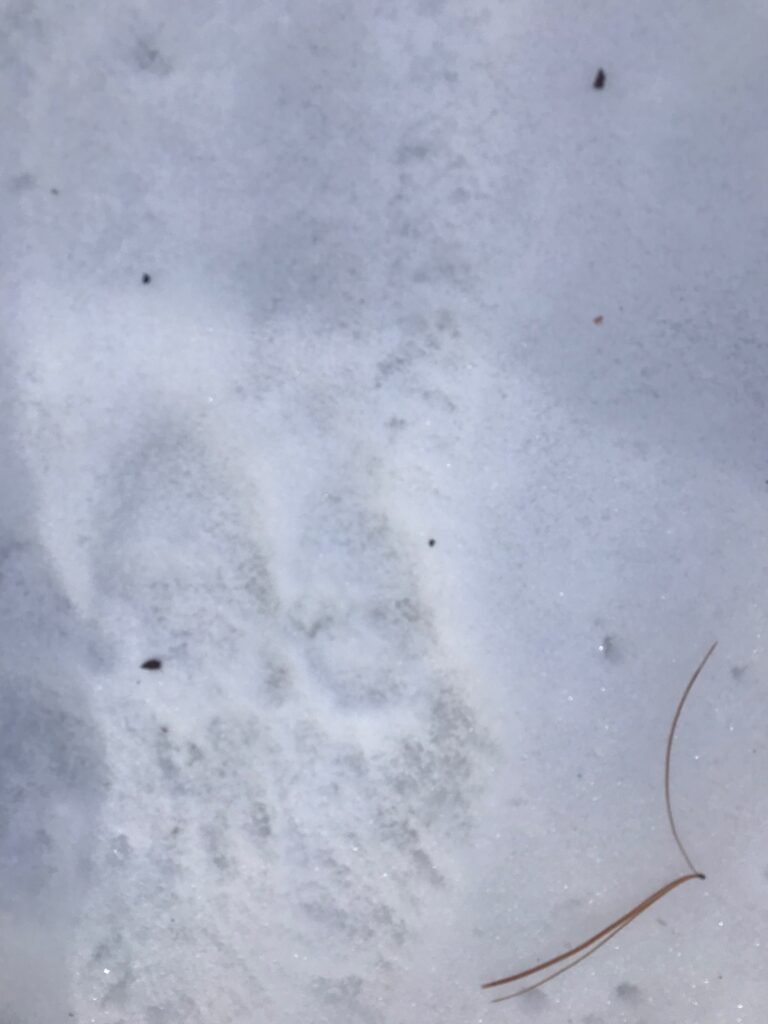
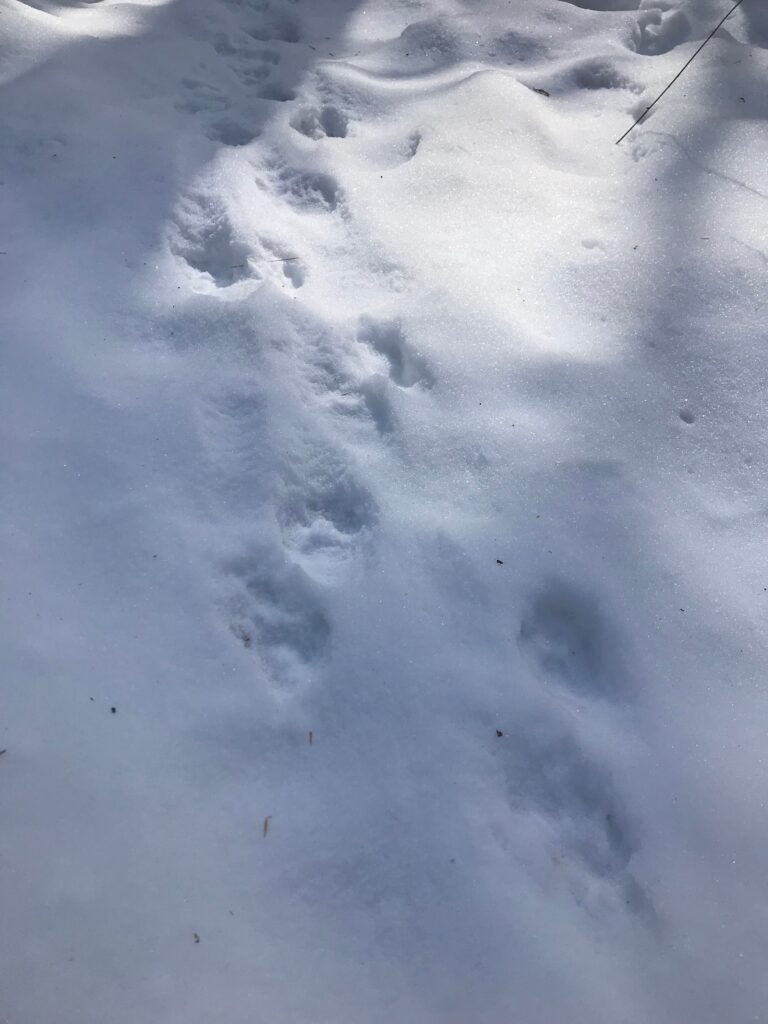
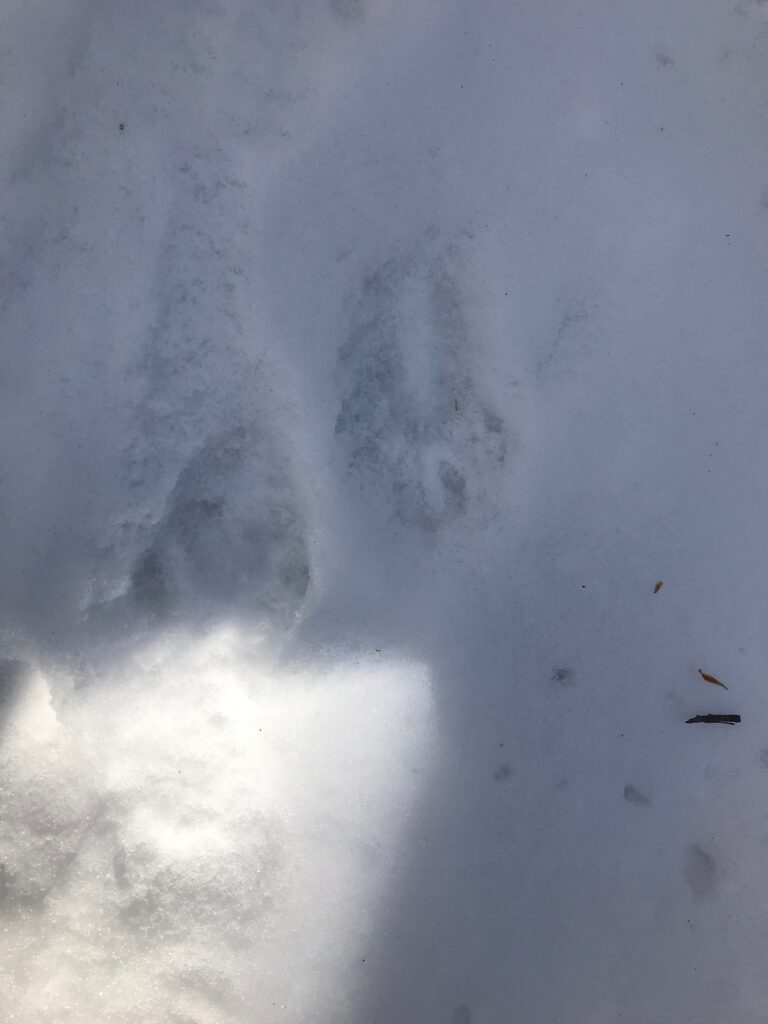
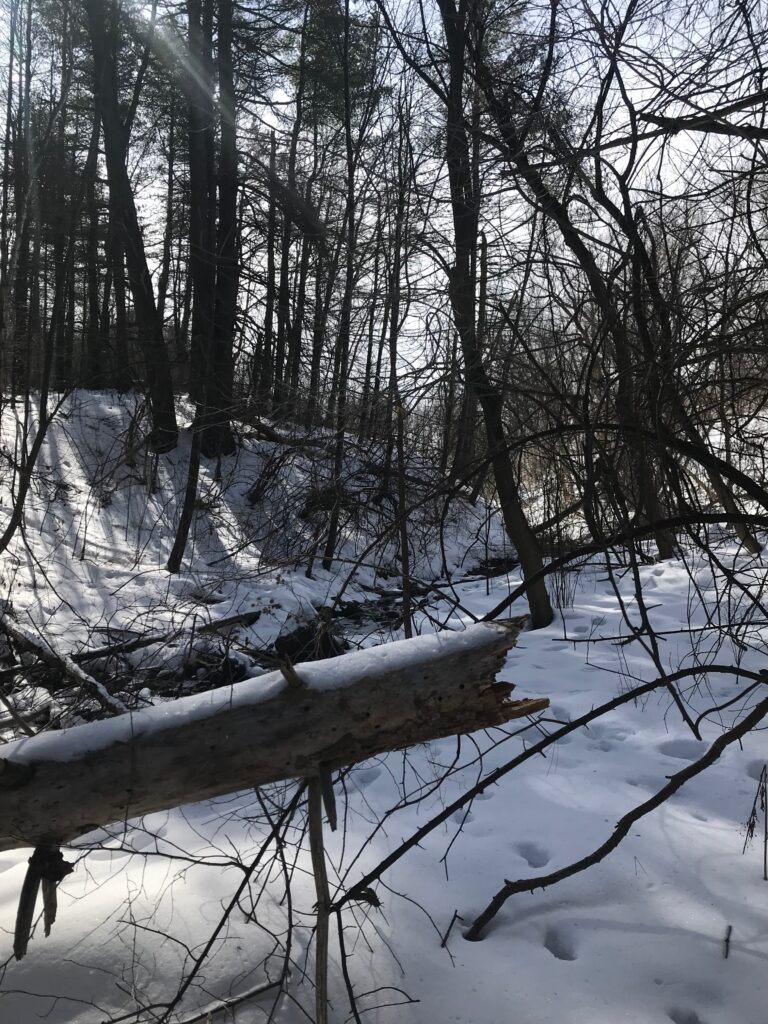

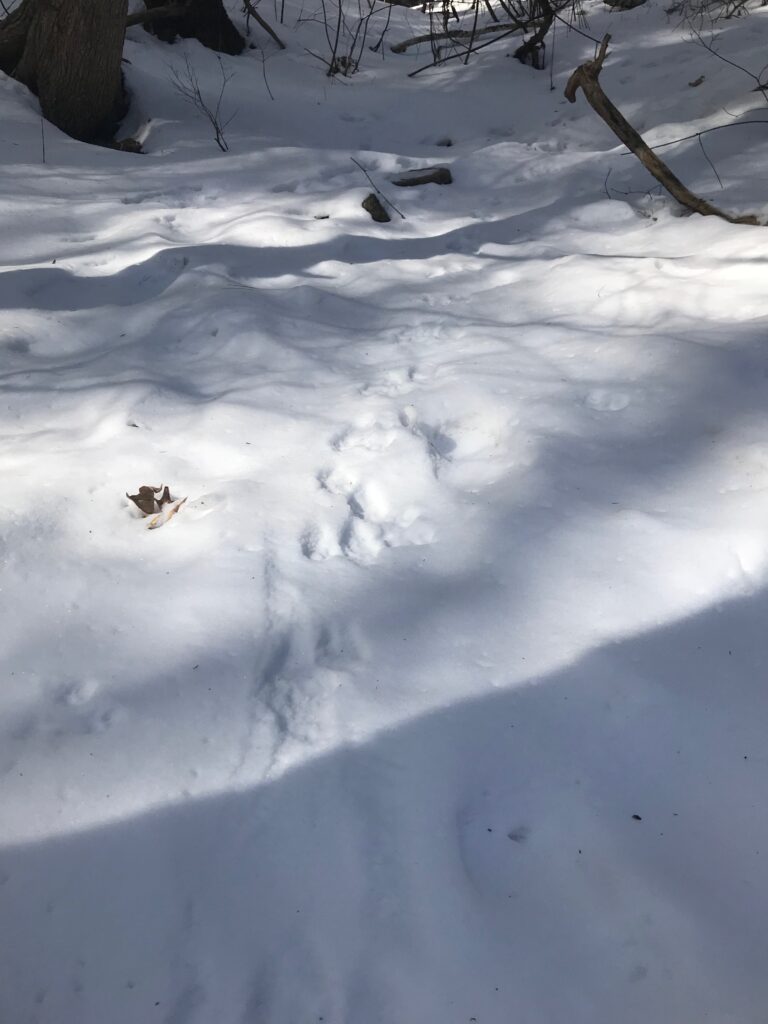
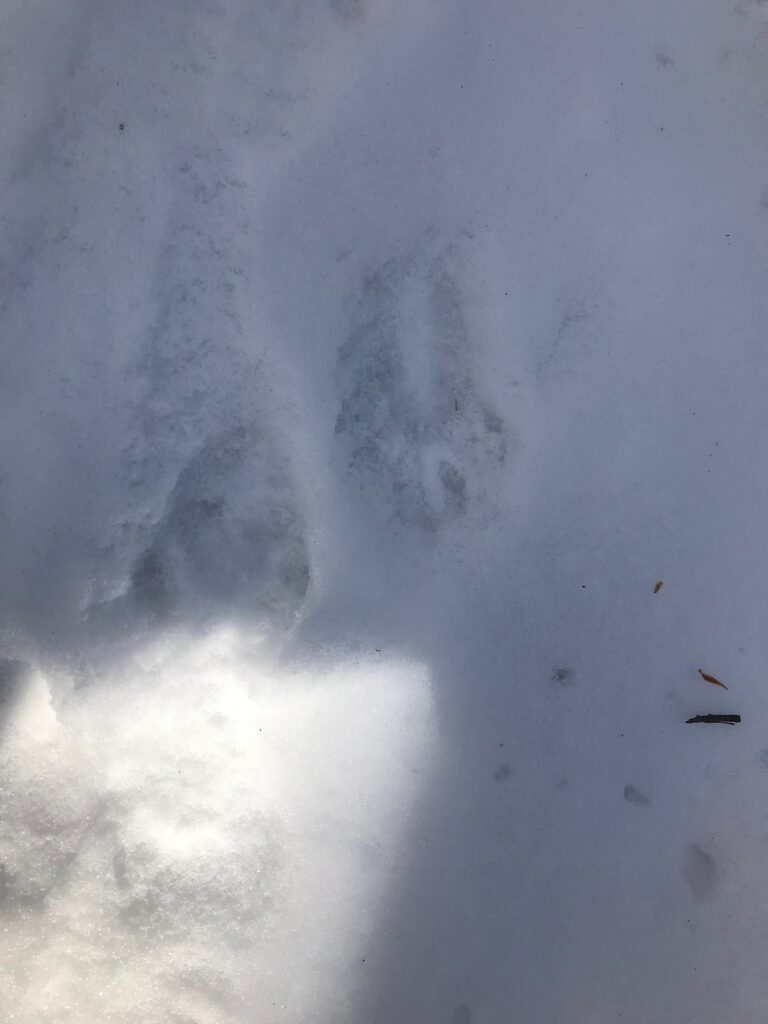
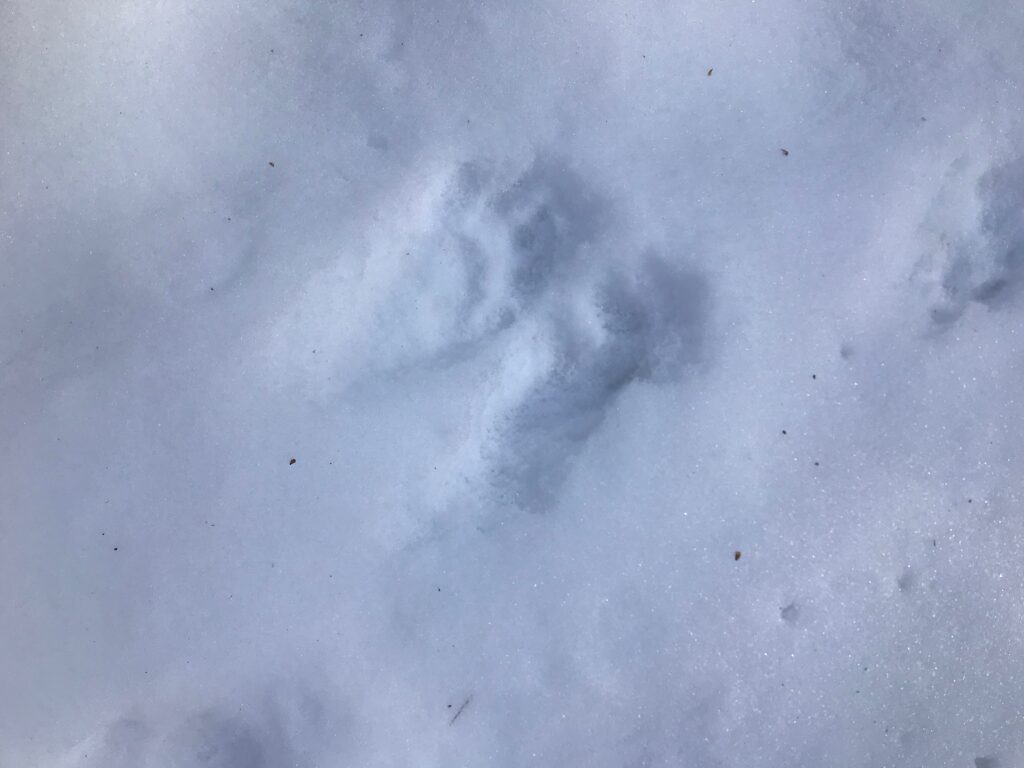
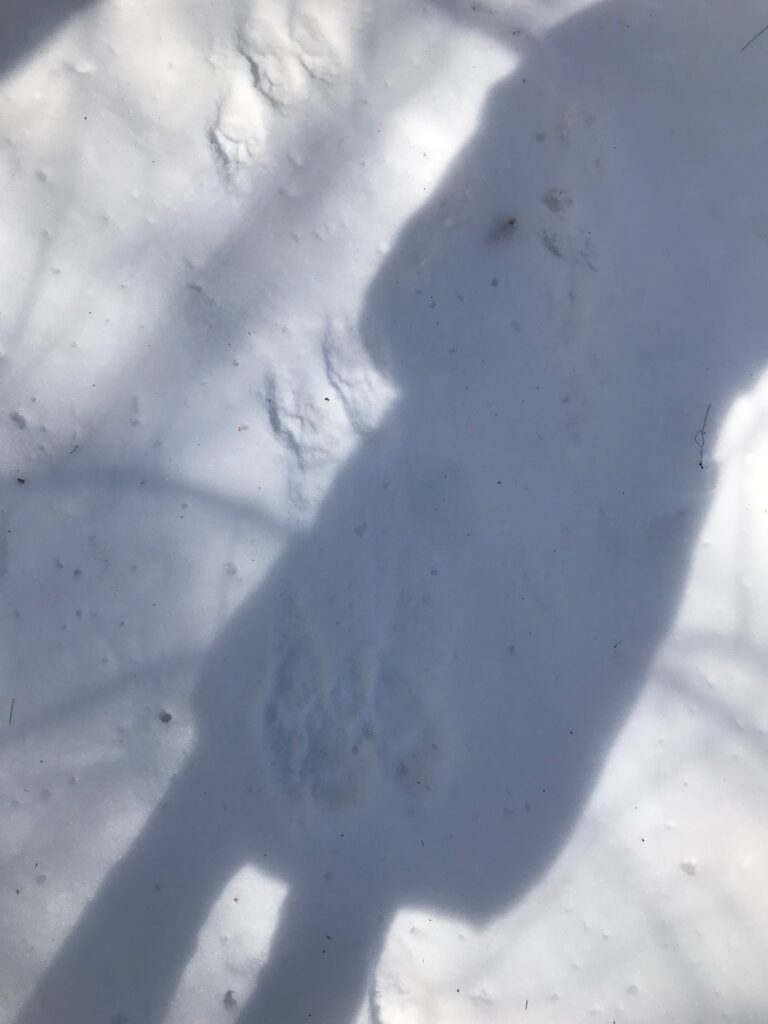
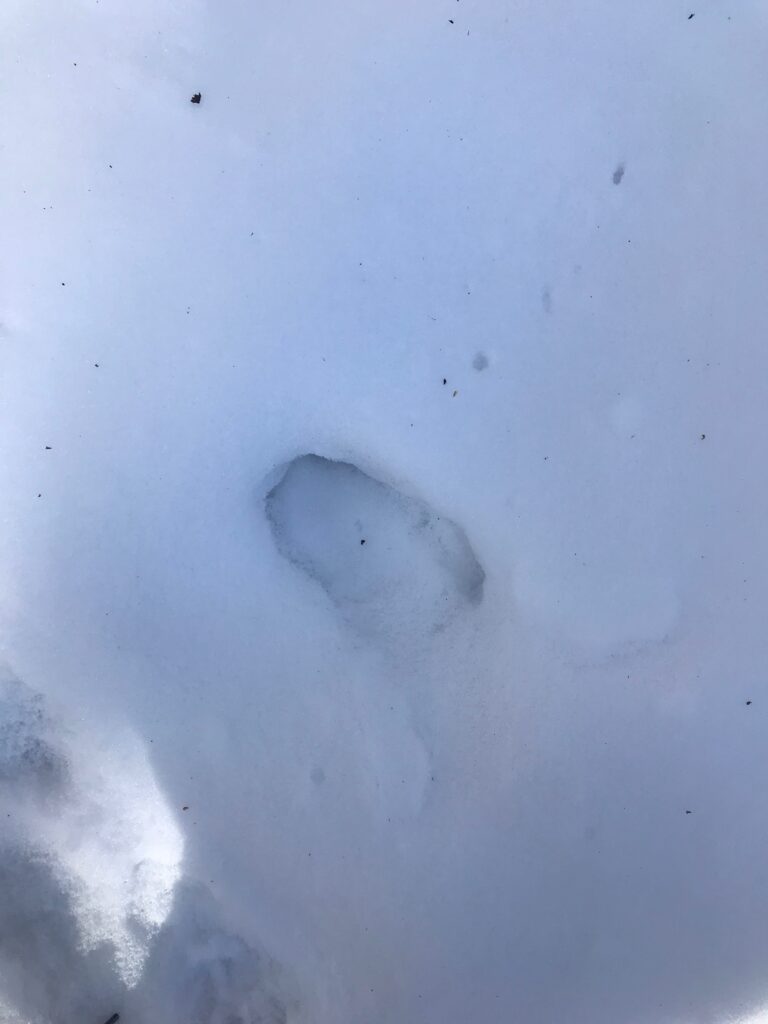
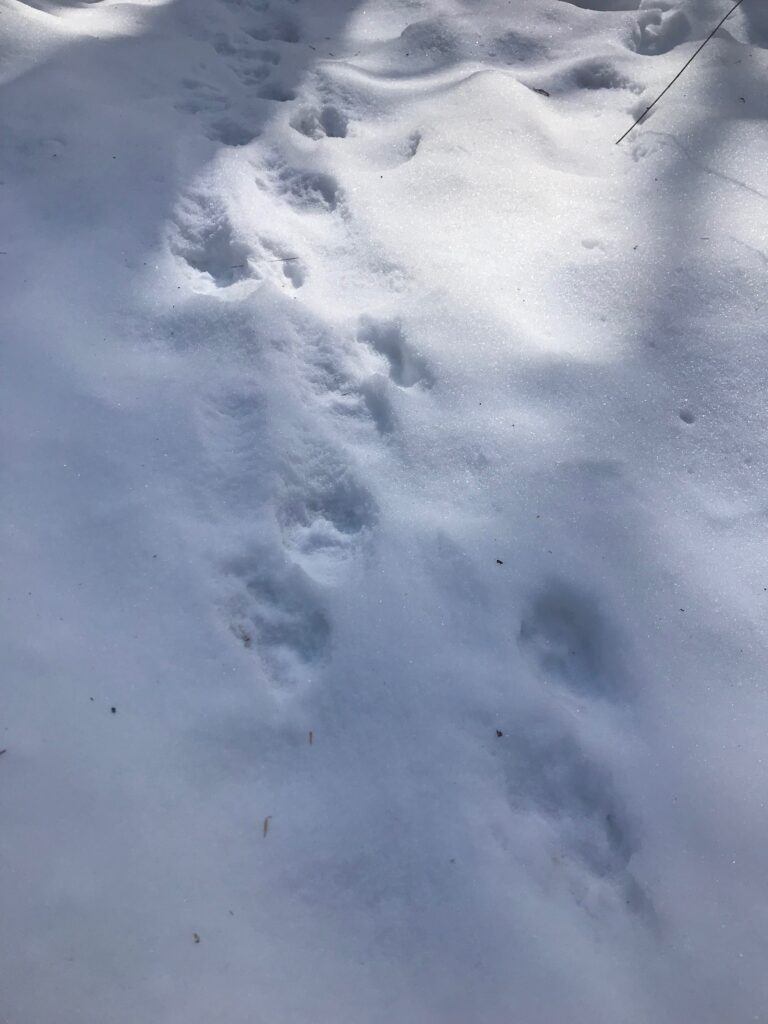
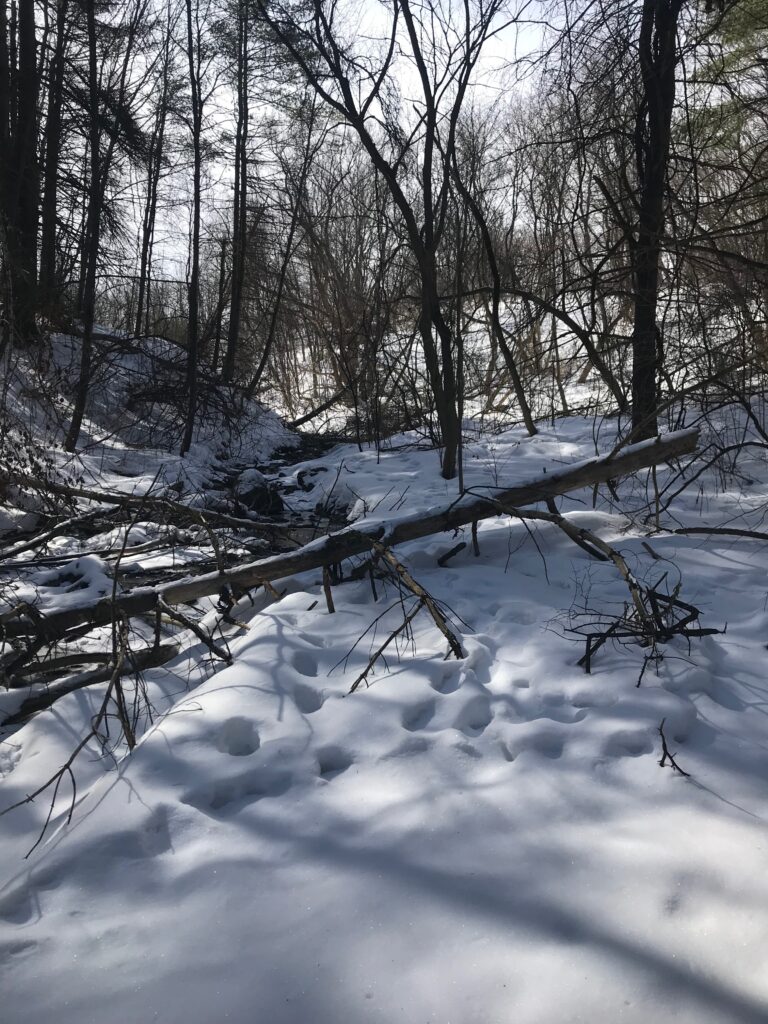

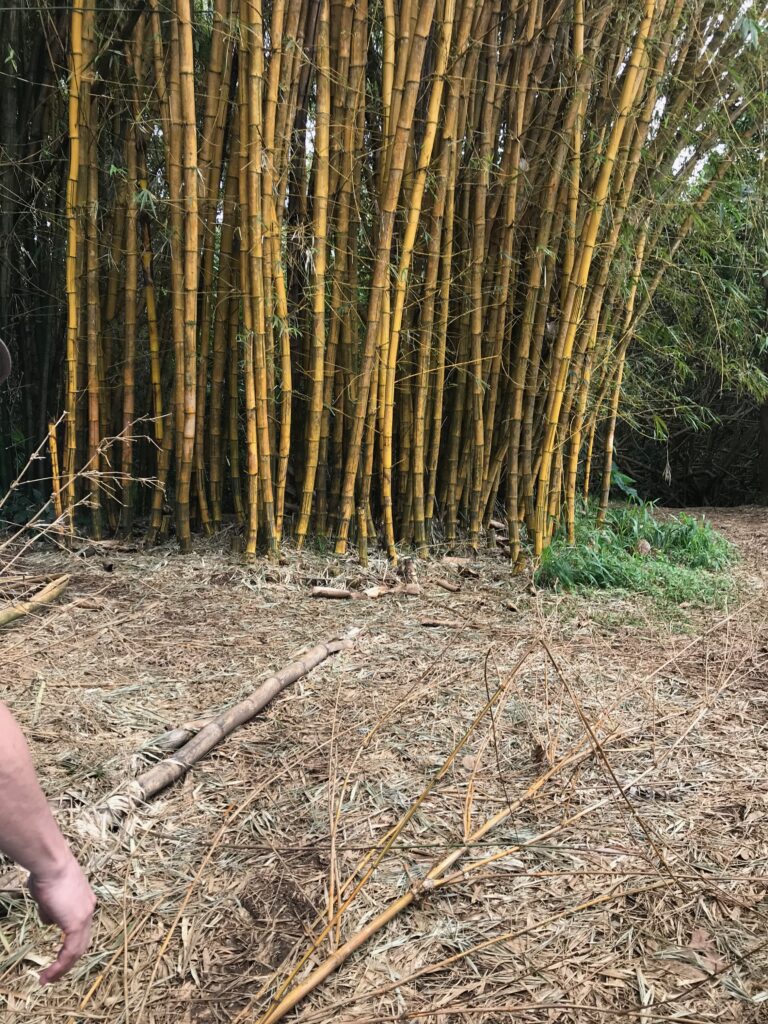

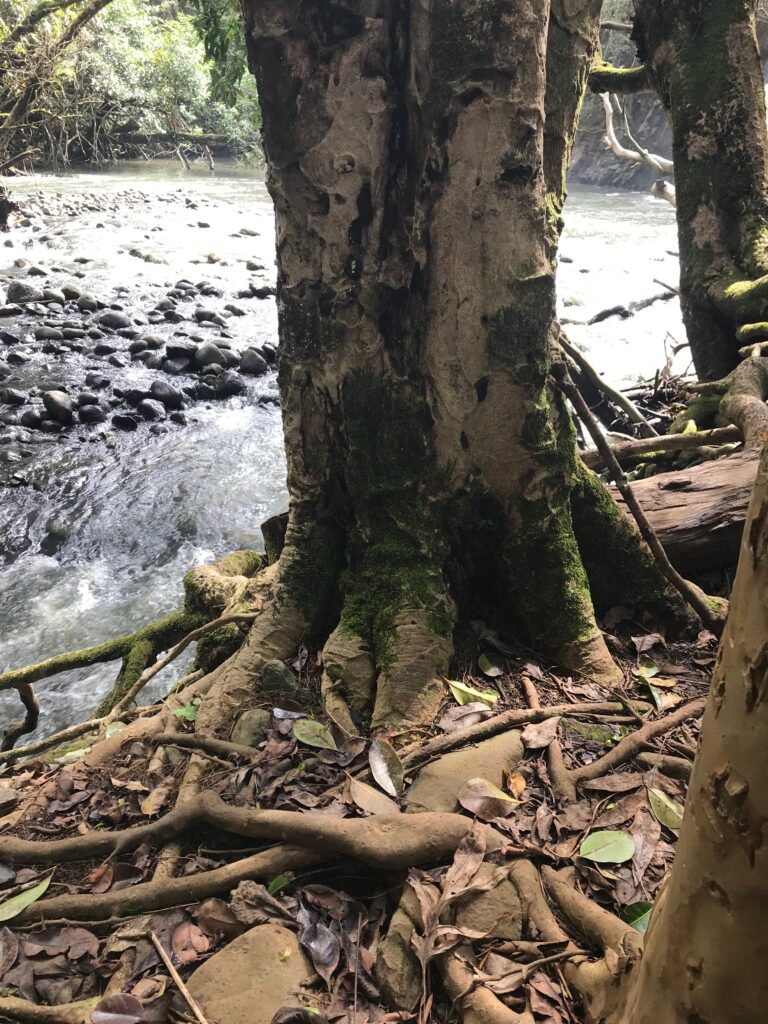
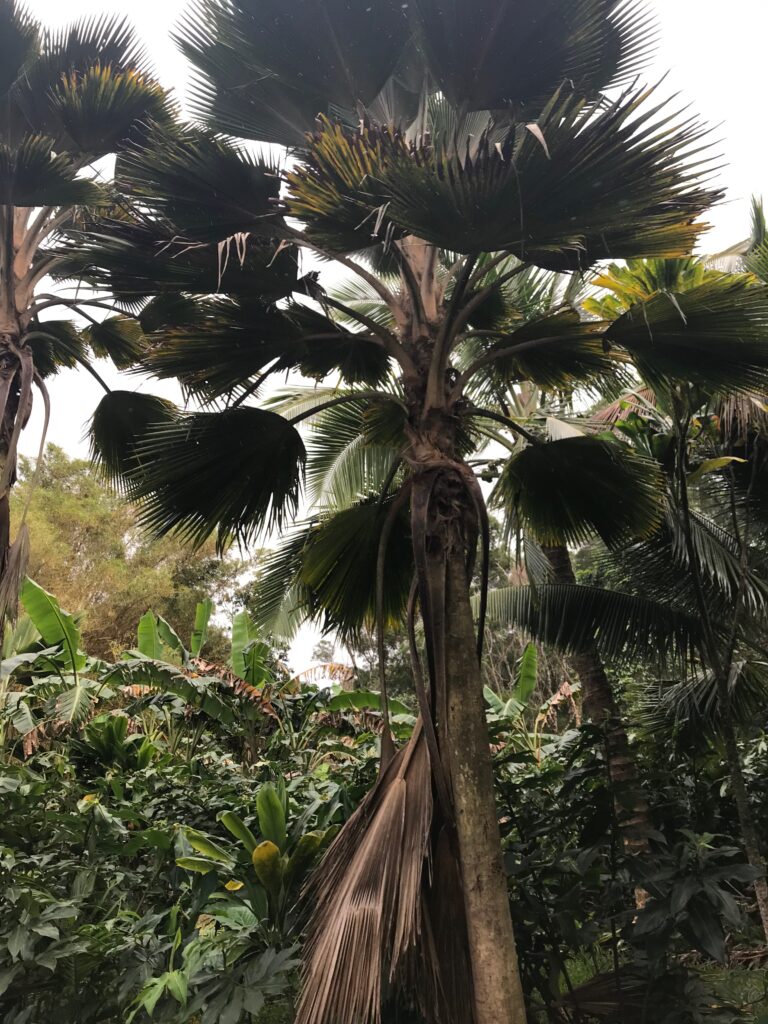
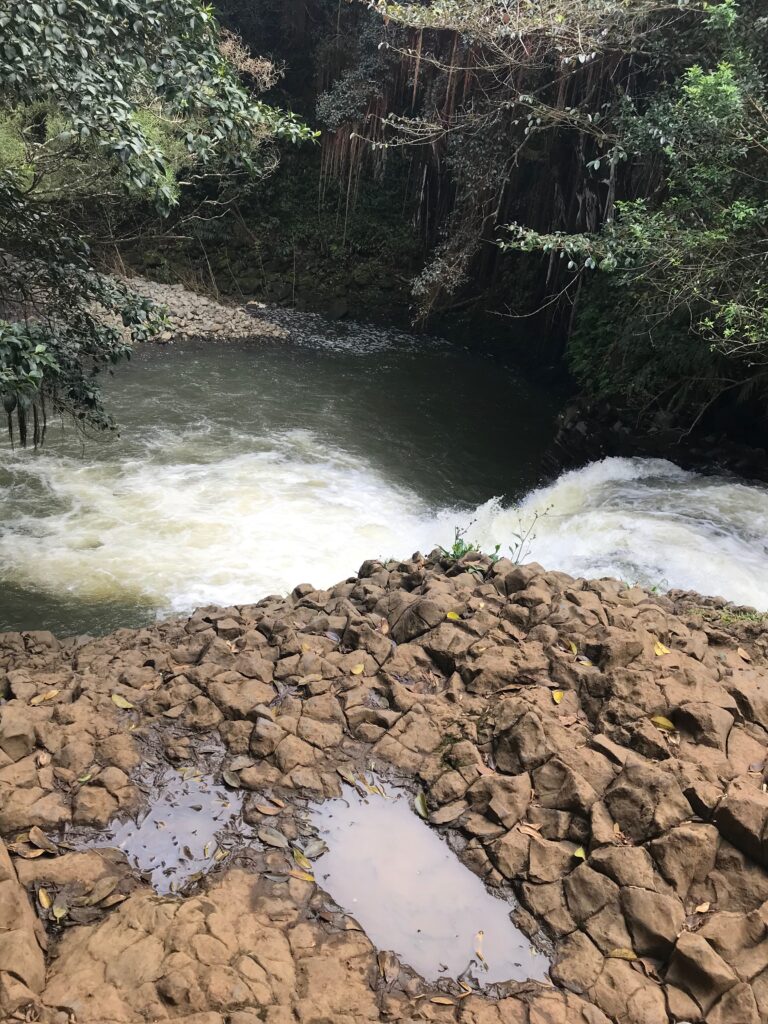

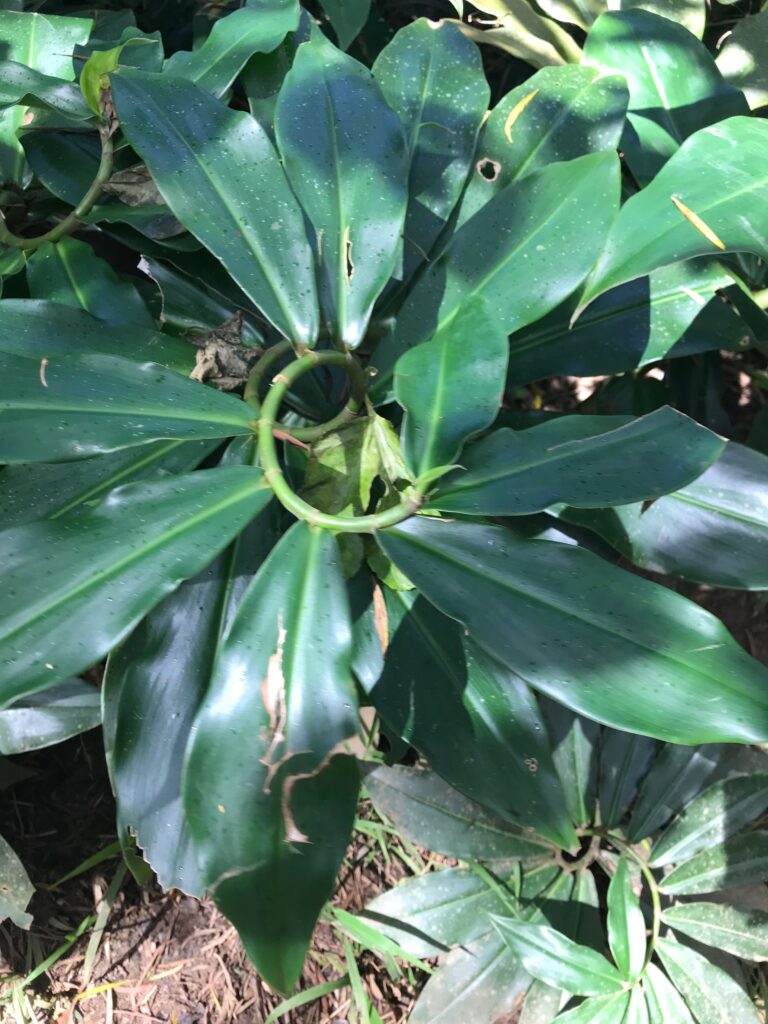

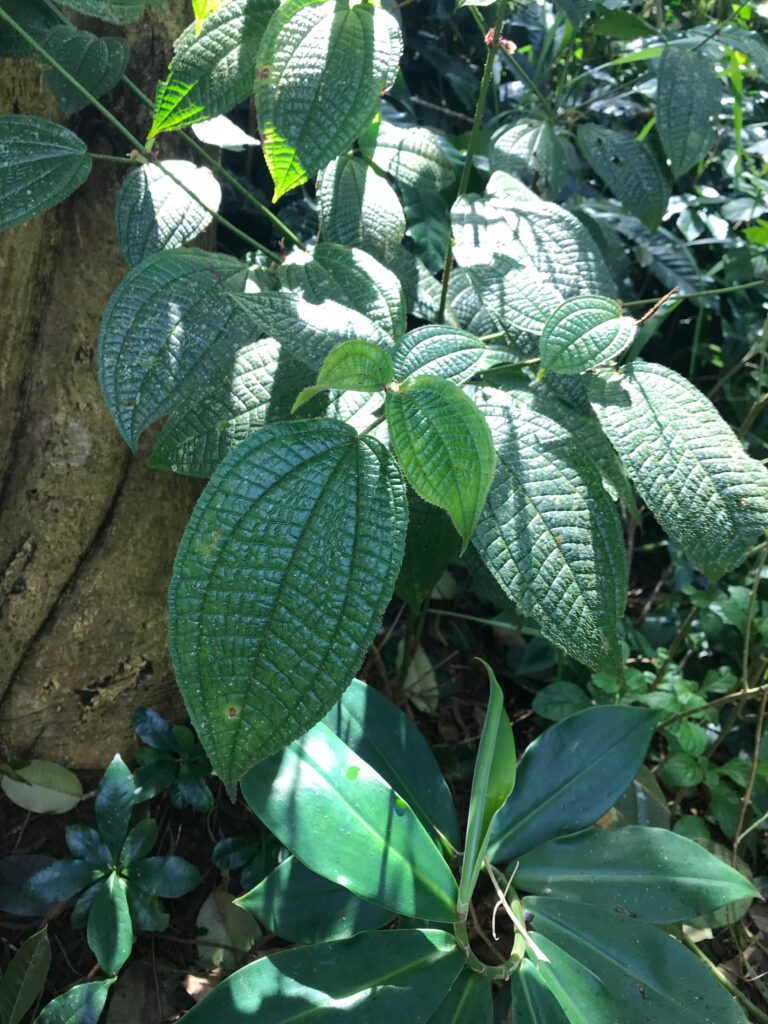
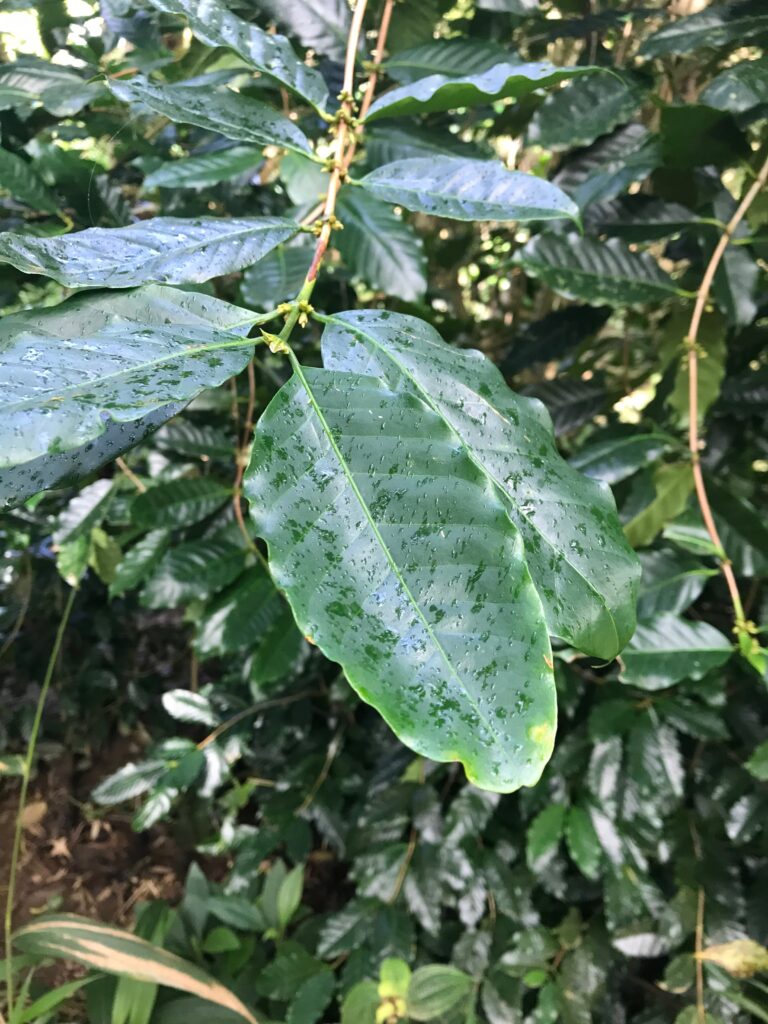
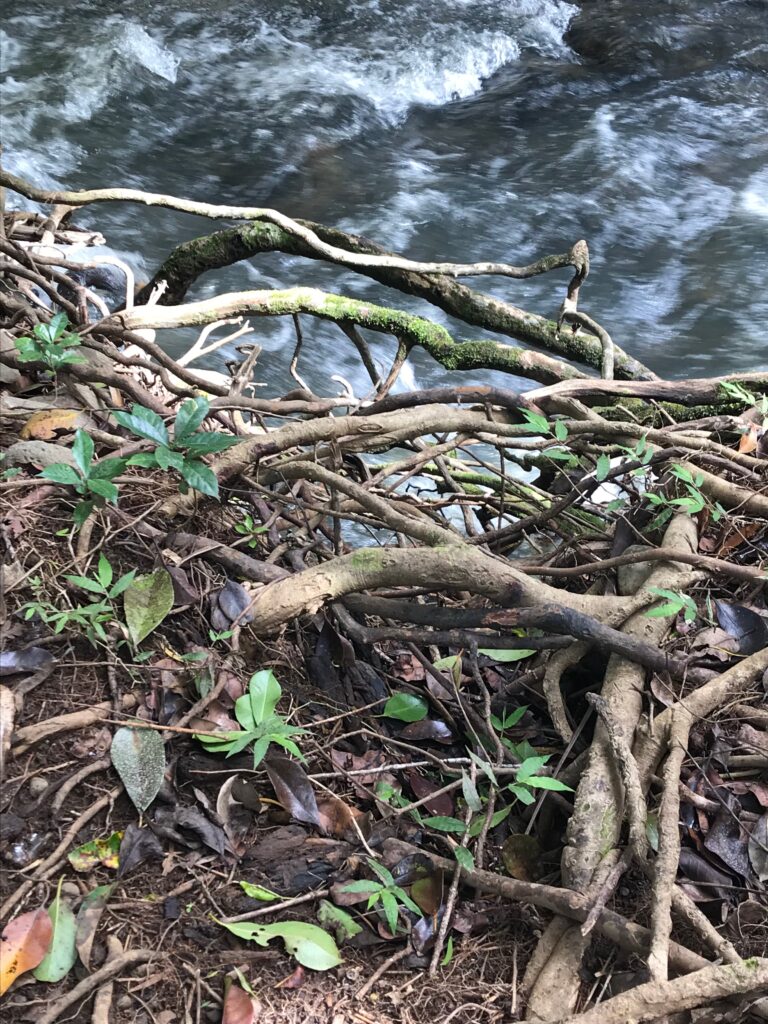
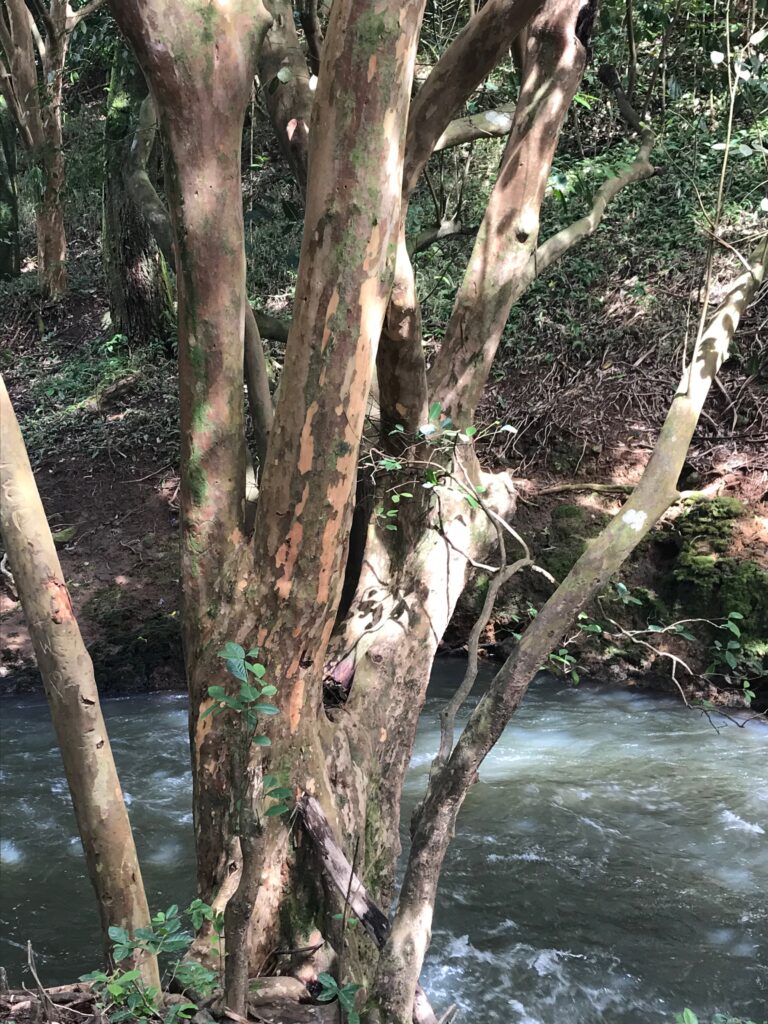
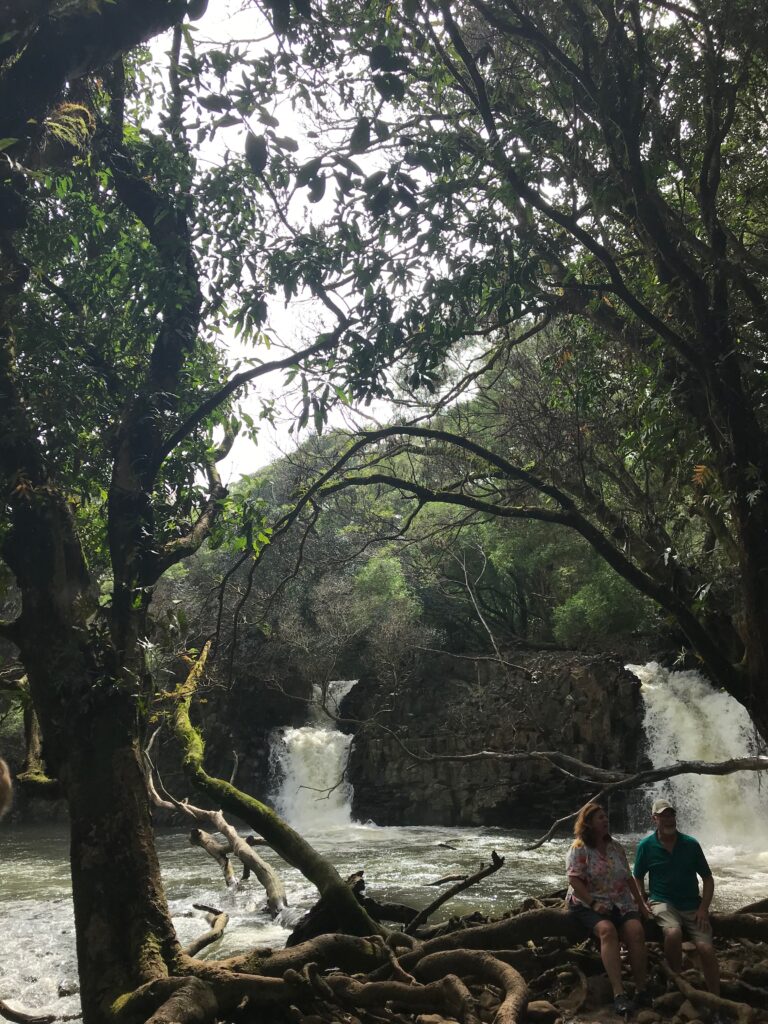


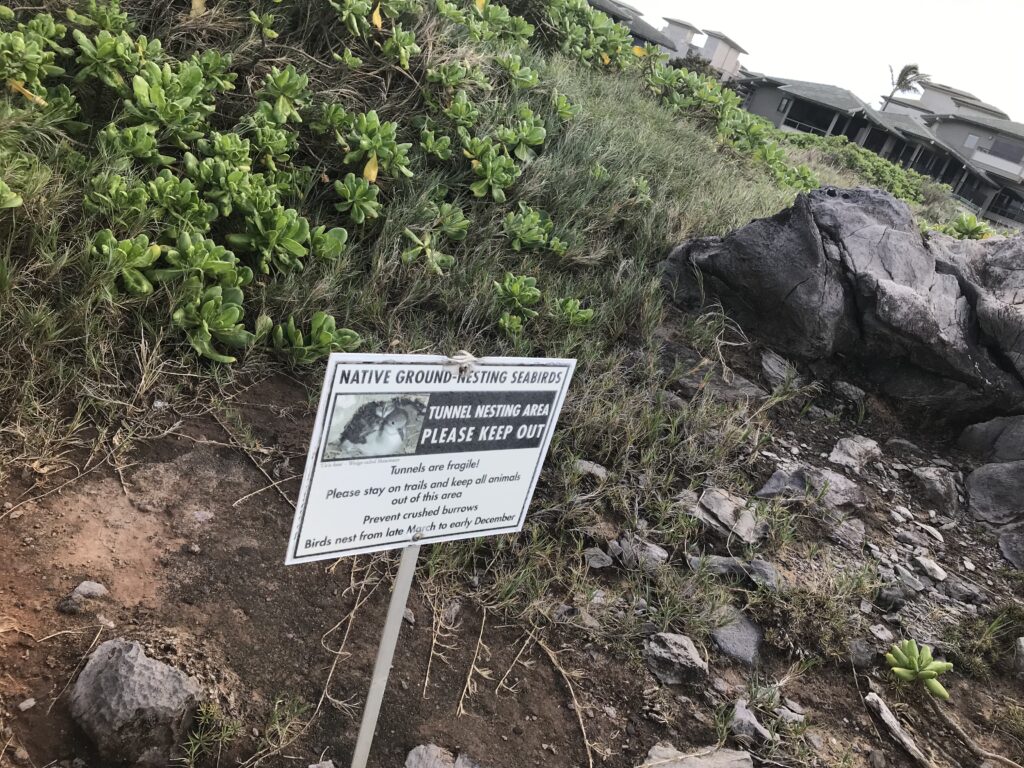
Recent Comments